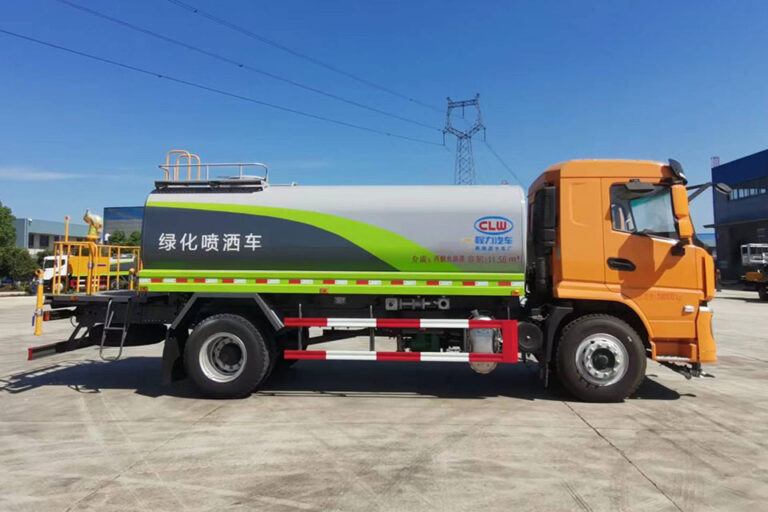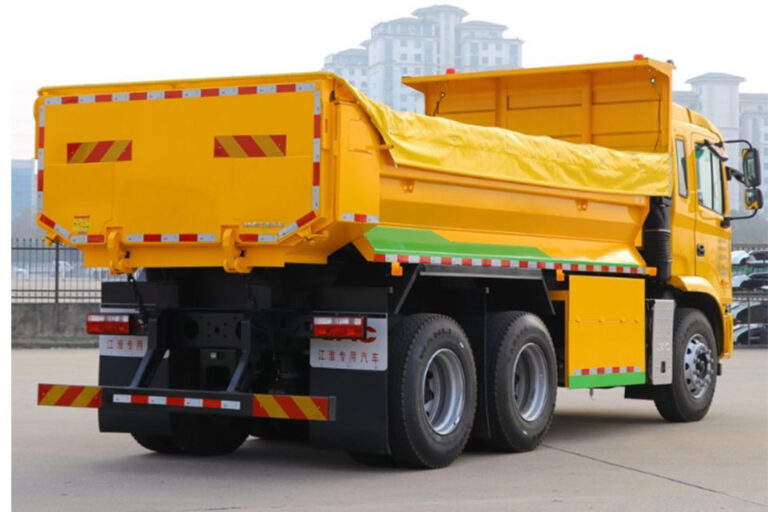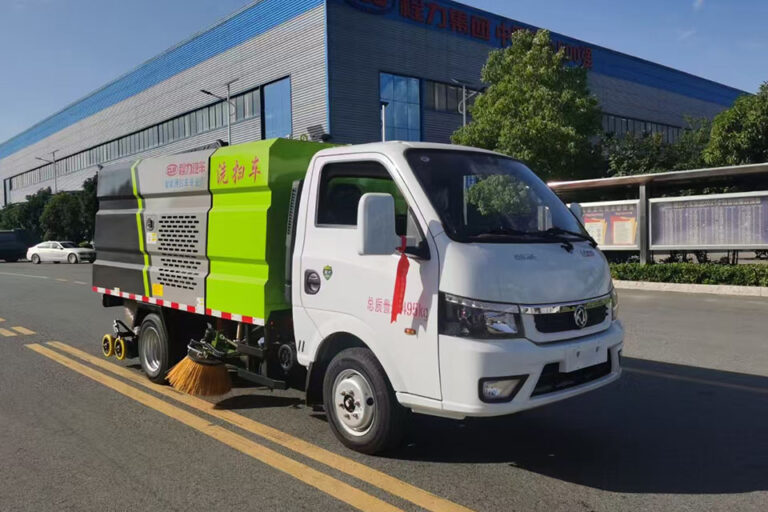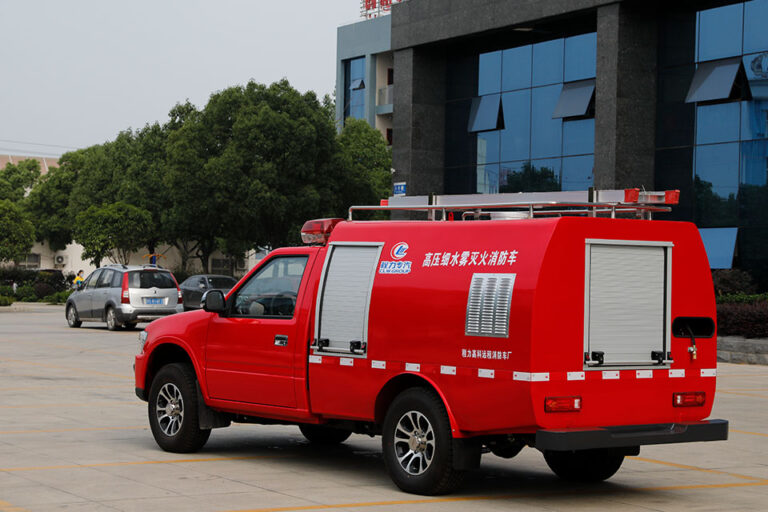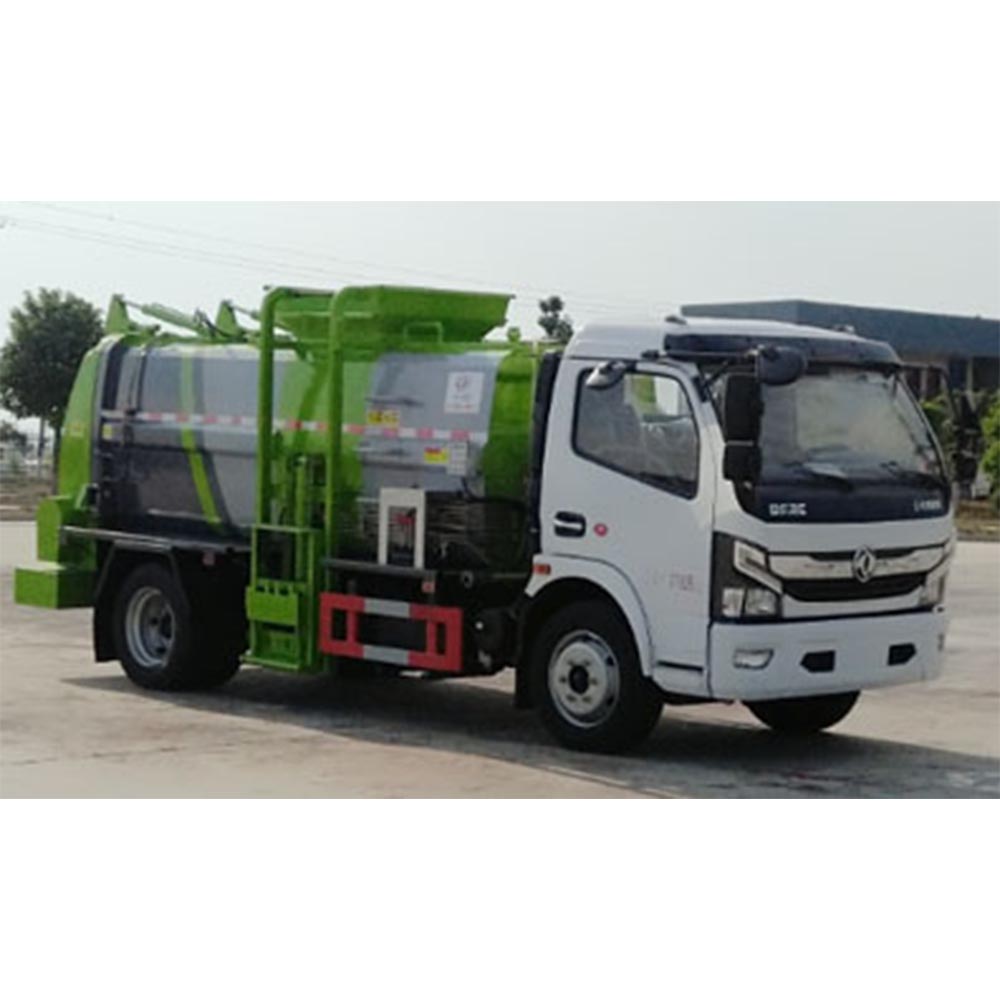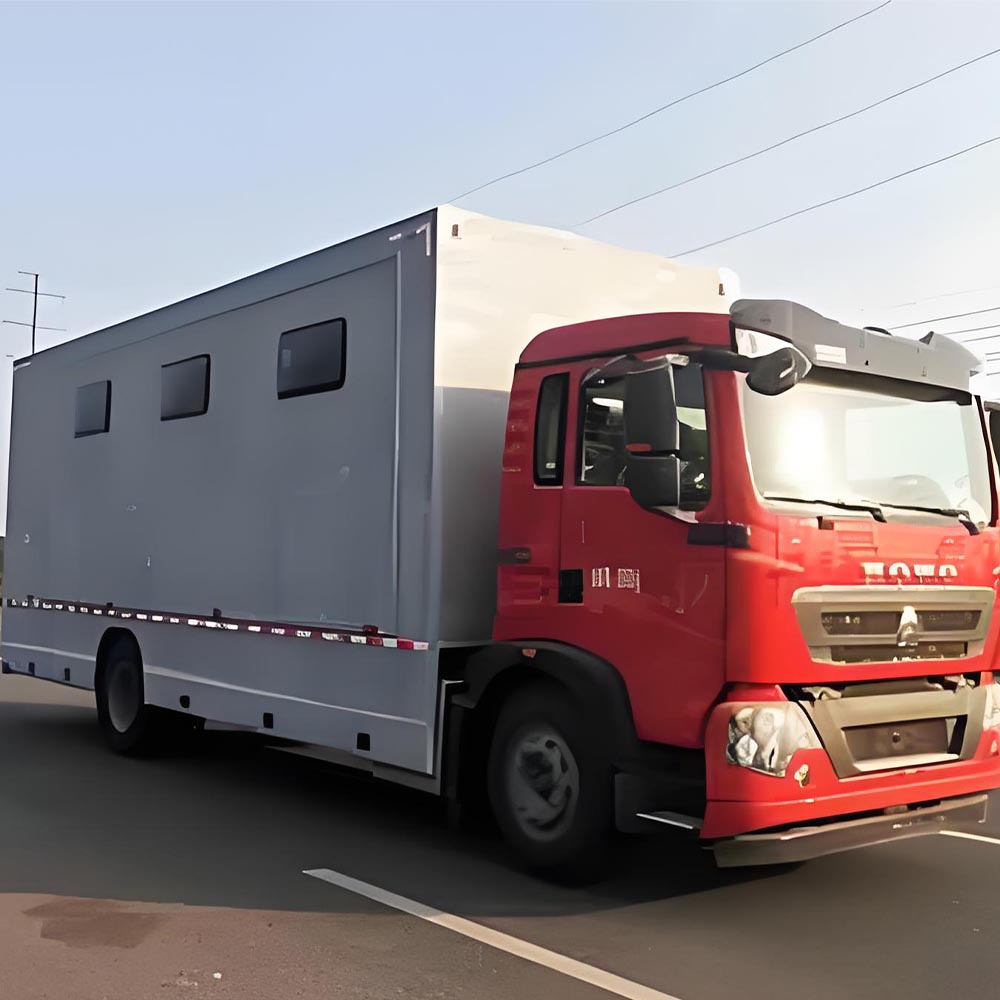-
Chengli Automobile Industry Park

Cement truck vs concrete truck
Cement Truck vs Concrete Truck: What’s the Real Difference?
Are you confused about cement trucks and concrete trucks? Many people mix up these two terms. This guide will help you understand the big difference between them.
Table of Contents
What’s the Difference Between Cement and Concrete?
Let’s start with the most important fact:
- Cement is just one part of concrete
- Concrete is a mix of cement, sand, and rocks that gets hard
When you see those big trucks on the road, they are really concrete mixer trucks, not “cement trucks” – unless they are only carrying bags of cement.
Cement Truck vs Concrete Truck: A Simple Comparison
Here’s a helpful table that shows the main differences:
| What We Look At | Cement Truck | Concrete Truck |
|---|---|---|
| What It Does | Carries cement powder only (not common) | Mixes and carries ready-mixed concrete |
| What’s Inside | Just cement | Cement + sand + rocks + water |
| How It Looks | No mixing drum usually | Big turning drum on back |
| Where It’s Used | Not often seen (special use) | Construction sites, roads, buildings |
| Time Matters | N/A | Must pour within 1.5 hours (or 300 drum turns) |
| Popular Trucks | 2025 Peterbilt 567 (but name is wrong) | 2025 Mack Granite Mixer, Western Star models |
| What It Costs | Not common | New trucks: $250,000+, Rentals: $70-$90 per hour |
| Common Mix-up | People say this when they mean concrete truck | Often wrongly called “cement truck” |
Cement Truck vs. Concrete Truck: The Key Differences
Many people use “cement truck” and “concrete truck” interchangeably, but there’s a significant difference. This infographic clears up the confusion!
What’s in a Name?
Cement Truck
(Technically: Raw Cement Powder)
Concrete Truck
(Ready-Mix: Cement + Aggregates + Water)
Key Distinctions
Detailed Comparison
| Aspect | Cement Truck | Concrete Truck |
|---|---|---|
| Primary Function | Transports dry cement powder | Mixes and delivers wet concrete |
| Typical Contents | Cement only | Cement, sand, gravel, water |
| Common Usage | Rare in modern construction | Very common on building sites |
| Mixing Feature | Usually none | Rotating drum or auger |
| Delivery Time Limit | Not Time Sensitive (Dry) | ~1.5 hours (or 300 Drum Revolutions ) |
How Concrete Trucks Work
Concrete trucks have a big spinning drum on the back. This drum keeps the concrete from getting hard too fast.
The truck must get to the job site quickly! Once water is added to the dry mix, the concrete must be poured within 1.5 hours (or 300 turns of the drum) before it sets.
Types of Concrete Mixer Trucks
There are a few main kinds of concrete trucks:
- Ready-mix trucks – Most common, with the spinning drum
- Volumetric trucks – Can mix concrete right at the job site
- Front discharge trucks – Pour from the front
- Rear discharge trucks – Pour from the back (most common)
The 2025 Mack Granite concrete mixer is one of the popular models shown at industry events.
Why People Get Confused
The most common mistake is calling a concrete truck a “cement truck.” Here’s why:
- People see the big spinning drum and think “cement truck”
- The terms are used wrong in everyday talk
- Many don’t know that cement is just one part of concrete
- Even some truck sellers use the wrong name!
Cost Factors for Concrete Trucks
If you’re in the construction business, concrete trucks are a big investment:
- New trucks: Over $250,000 for a 2025 model
- Rental costs: $70-$90 per hour for boom trucks
- Add-ons: Prices go up with special features
The 2025 Peterbilt 567 with a 9-yard Contech cement mixer (actually a concrete mixer) is a popular high-end choice.
Safety and Operating Issues
Concrete trucks have some special challenges:
- They are very heavy when full
- The concrete must be kept moving in the drum
- Drivers need special training
- They must deliver within a strict time limit
- Dump trucks and concrete trucks both need careful handling on job sites
Which Term Should You Use?
Always say “concrete truck” or “concrete mixer truck” when talking about those big trucks with spinning drums.
Only use “cement truck” if you’re talking about a truck that carries just the cement powder (which is rare).
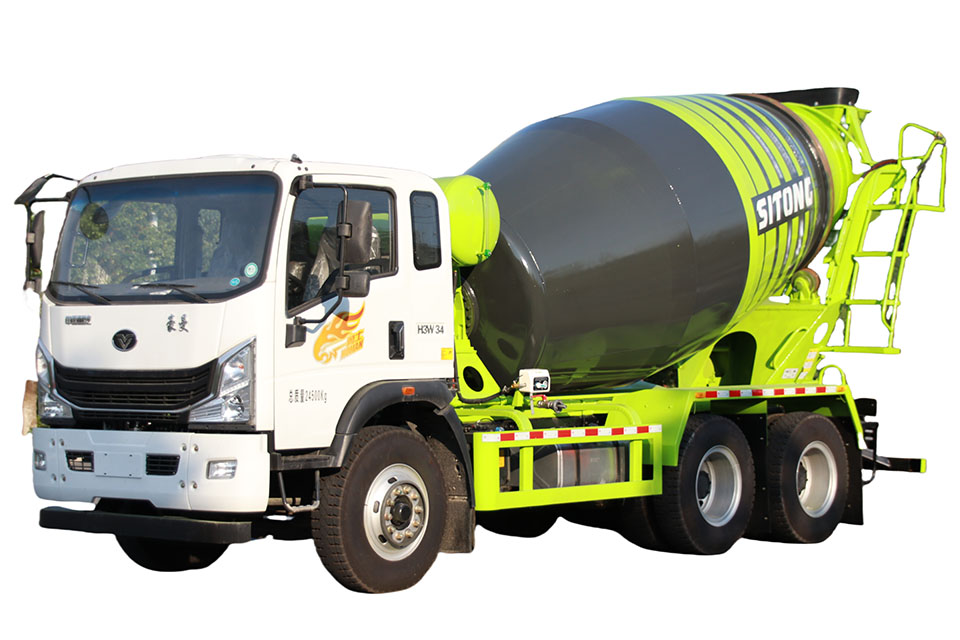
Popular Brands and Models
Some of the top concrete mixer truck brands are:
- Peterbilt – Models like the 567
- Western Star – Many 2025 models available
- Mack – The Granite series is popular
- International – Strong in vocational trucks
For those interested in specialized construction vehicles, check out truck-mounted crane options for additional versatility.
FAQs About Cement and Concrete Trucks
Can a concrete truck mix concrete on demand?
Yes! Volumetric concrete trucks can mix concrete right at the job site.
How much does a concrete truck hold?
Most hold between 8-14 cubic yards of concrete.
How long can concrete stay in the truck?
Only about 1.5 hours (or 300 drum turns) before it starts to harden.
Why does the drum on a concrete truck spin?
To keep the concrete mixed and prevent it from hardening.
Are electric concrete trucks available?
Yes, new electric trucks are becoming more common for all types of work vehicles.
Summary
Now you know the big difference between cement trucks and concrete trucks! Remember:
- Cement is just one part of concrete
- Those big trucks with spinning drums are concrete mixer trucks
- Only call it a “cement truck” if it’s just carrying cement powder
- The next time you see one, you can use the right name!

